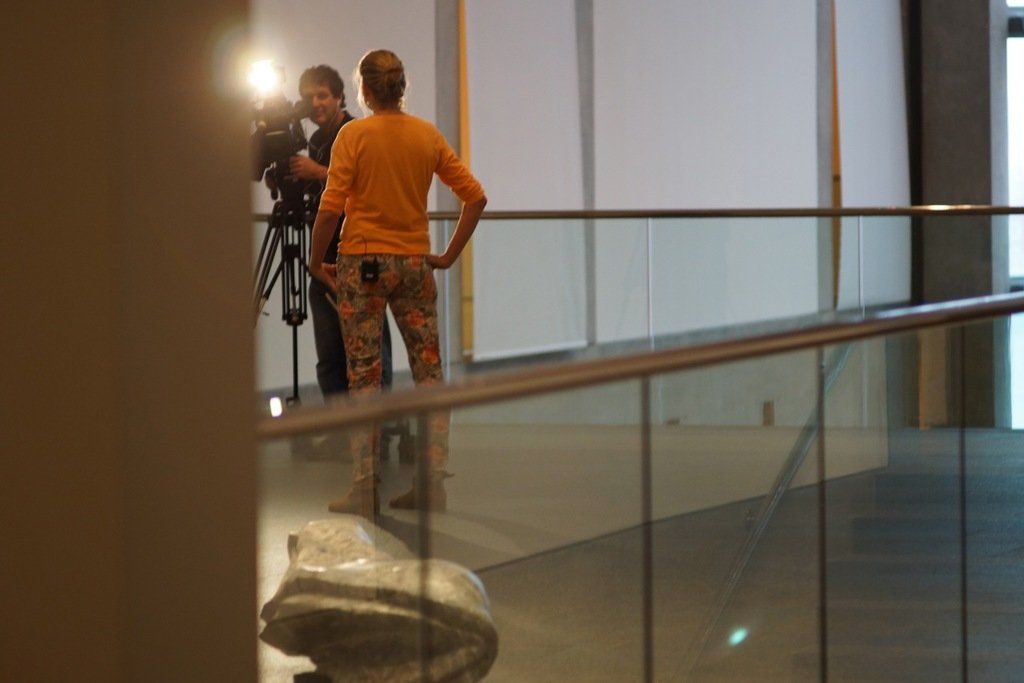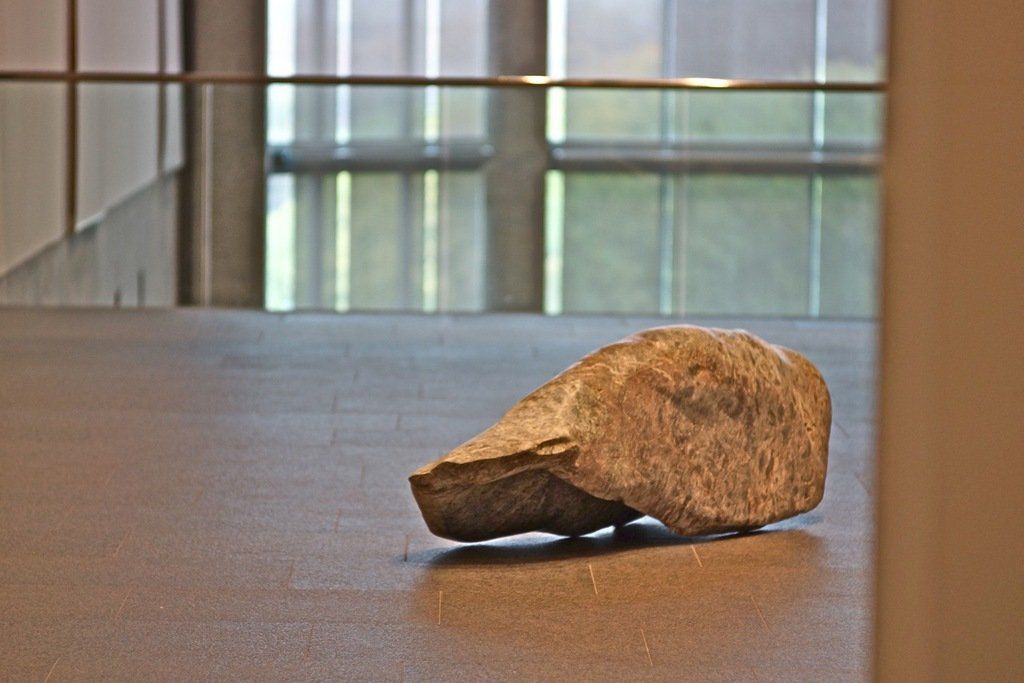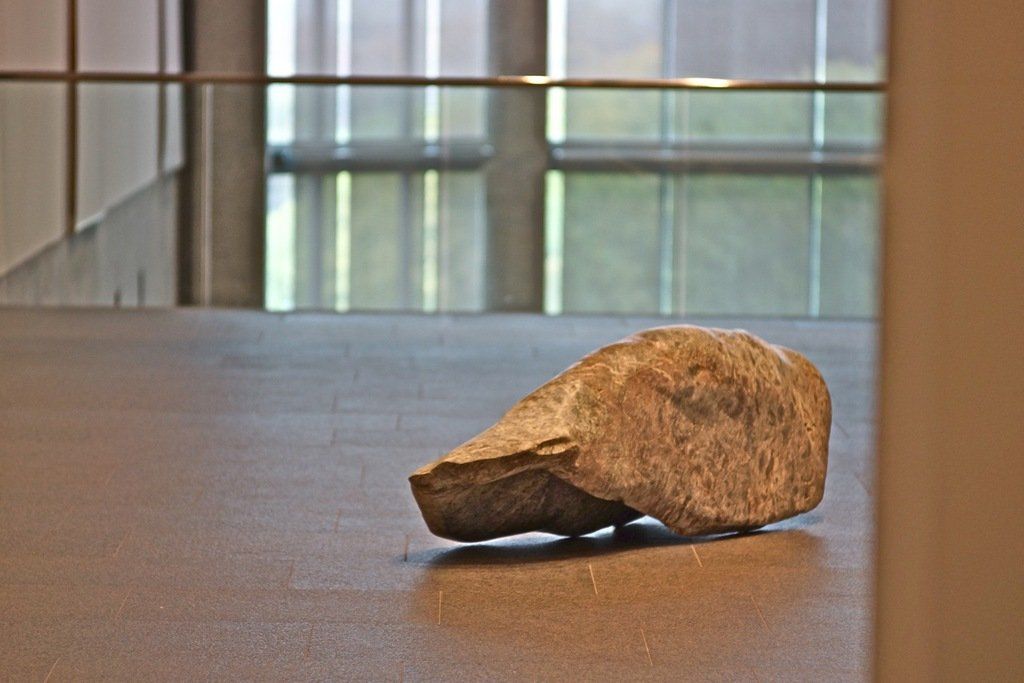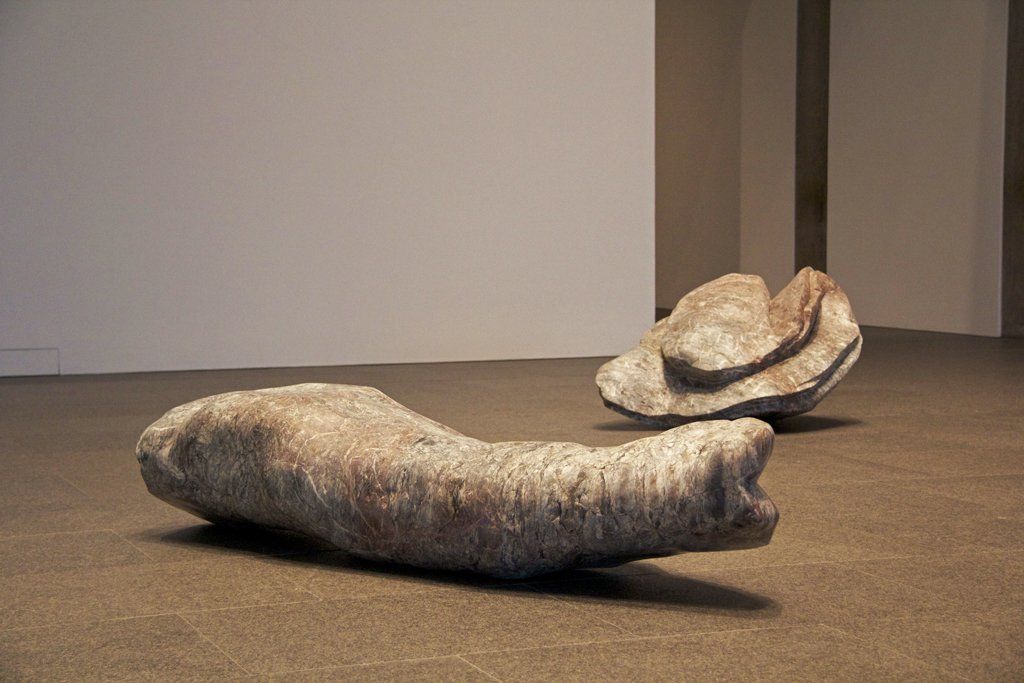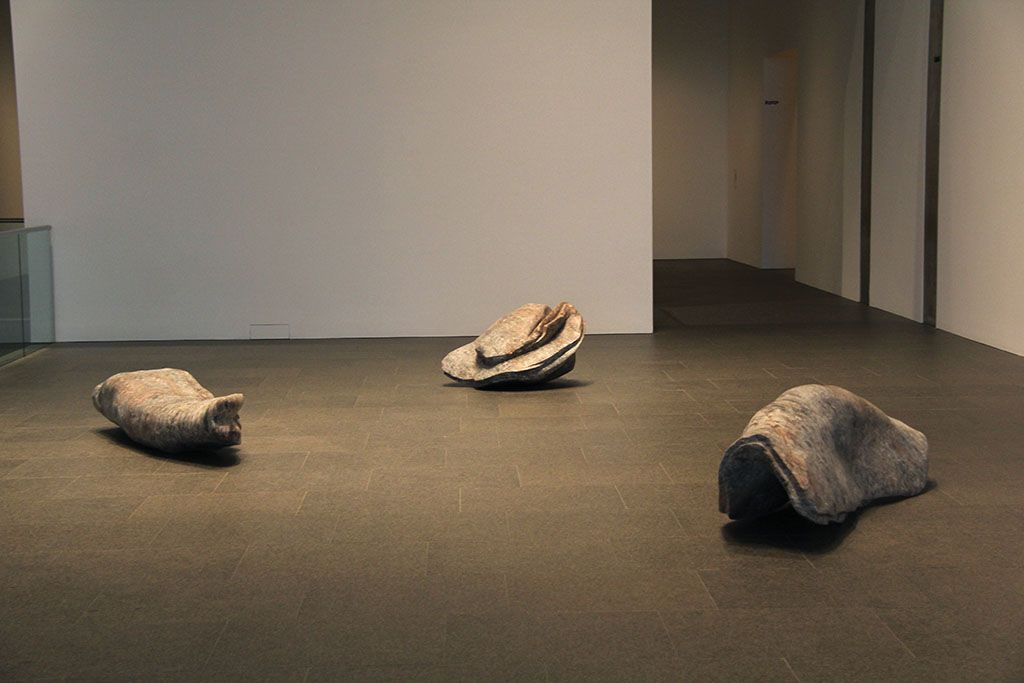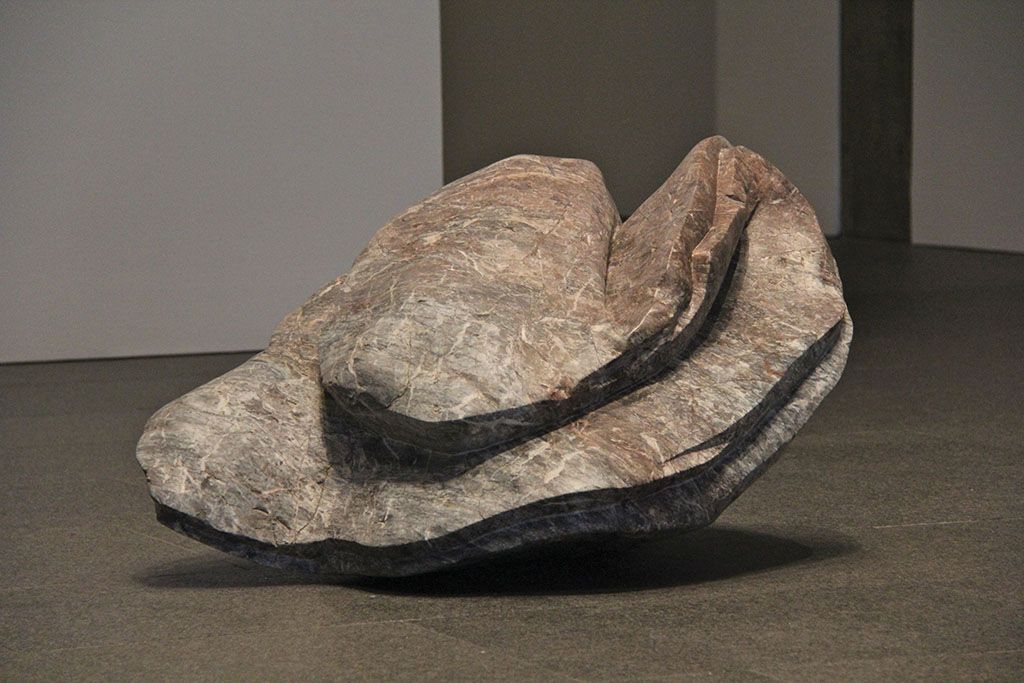Shine a Light: Canadian Biennial
2014
NATIONAL GALLERY OF CANADA, OTTAWA ON
Shine a Light: Canadian Biennial 2014
17 Oct 2014 - 08 Mar 2015
Contemporary Art Galleries
The exhibition Shine a Light highlights a selection of recent acquisitions to the National Gallery of Canada’s Canadian Contemporary, Indigenous and Photography holdings. It showcases some of the best and most innovative works being made today in a variety – and often combination of – media, from video and film to drawing and painting, photography to sculpture and installation. It reveals the unique ways contemporary Canadian artists are responding to the larger social and political state of the world through their art and how they are choosing interdisciplinary modes of self-expression that transcend traditional categories, materials and genres. The exhibition takes the pulse of contemporary art production in Canada as it becomes part of our national art history.
PASCHAKARNIS, Vanessa
Shadows for Humans, 2003/2004
In the last fifteen years Vanessa Paschakarnis has honed her skills and developed her own techniques to create human-scale sculptures using a variety of traditional materials such as bronze, plaster and stone. Although she looks to the body, natural environment and even animals for inspiration, her resulting works are generally amorphous forms that evoke, rather than depict, a familiar object. In the careful conception of her sculptures she often integrates tensions between the opposing forces of gravity and levity, and confounds the boundaries between inner and outer. It is the viewer’s encounter with the work and how the object can have a physical impact on him or her that is most important to the artist. According to Paschakarnis, “sculpture … is a catalyst for experiences deeper than the exchange of mere information. My works – scaled as they are towards the human body – seek to engage you in a physical encounter, or moment of reflection, that triggers a questioning of our being here. It’s a dynamic that feeds on our curiosity in the ‘thing’ as the autonomous other and our attraction to images that seem familiar but resist clear definition.”1
In Shadows for Humans Paschakarnis painstakingly carved three human-scale Cape Breton marble stones to create different amorphous reclining shapes that could be described as existing somewhere between bodies and matter. She then incised deep cuts along the length of the greyish purple stones to create the impression of folds, suggestive of layers of skin or even mollusks protruding from their shells. Although the sculptures are fixed and inert they give the impression of being animated, seemingly extending and retracting as one walks around them. Sculpted in a heavy material, they are frozen in time and space and yet appear malleable, even fleshy, as if they are continually morphing and moving. In an effort to preserve the nature of her materials the artist chooses to retain the traces and scars made by her tools while she carves the marble. She does this to reveal the history of their making and in order for the viewer to acknowledge that these objects were made and not found.
The sculpted elements of Shadows for Humans evoke anthropomorphic figures or more accurately traces that they may have left behind. As suggested by the title, we are confronted with vestiges of bodies that have suffered degradation and loss, with forms that are mere shadows of what they once were. In an interesting contrast to this interpretation Paschakarnis conceives of shadows as compelling evidence of existence, describing that the moment an object projects a shadow it “is.” She adds: “shadows are more true to reality than reflections because they do not turn things around. They reveal the other side, the duality of being.”2 The sculptures Shadows for Humans signify a physical presence, perhaps even an ominous one, as they simultaneously grapple with the intangible. Each form is unique and autonomous and encourages different associations for the viewer. When displayed in close proximity the sculptures communicate with each other and could even be understood as representations of different moments or states in the transformation of the same subject. Through their existence and display Paschakarnis’ sculptures ask to be acknowledged, reflected upon and engaged with.
Josée Drouin-Brisebois



